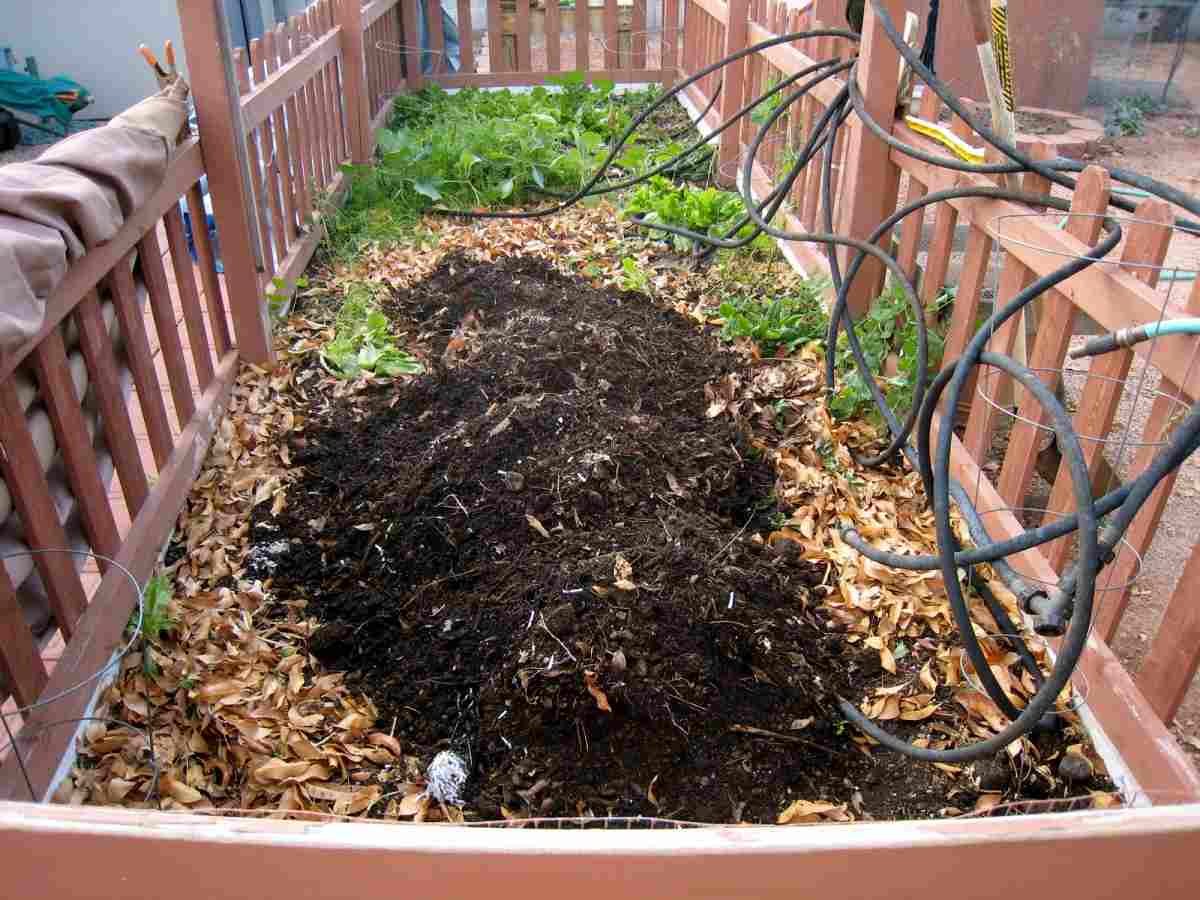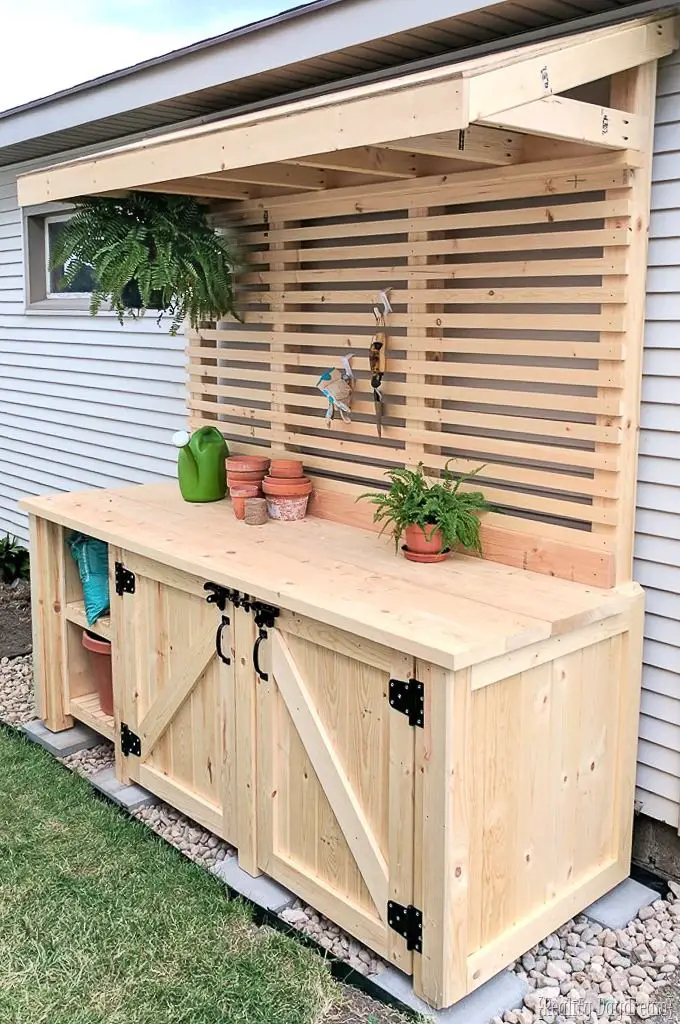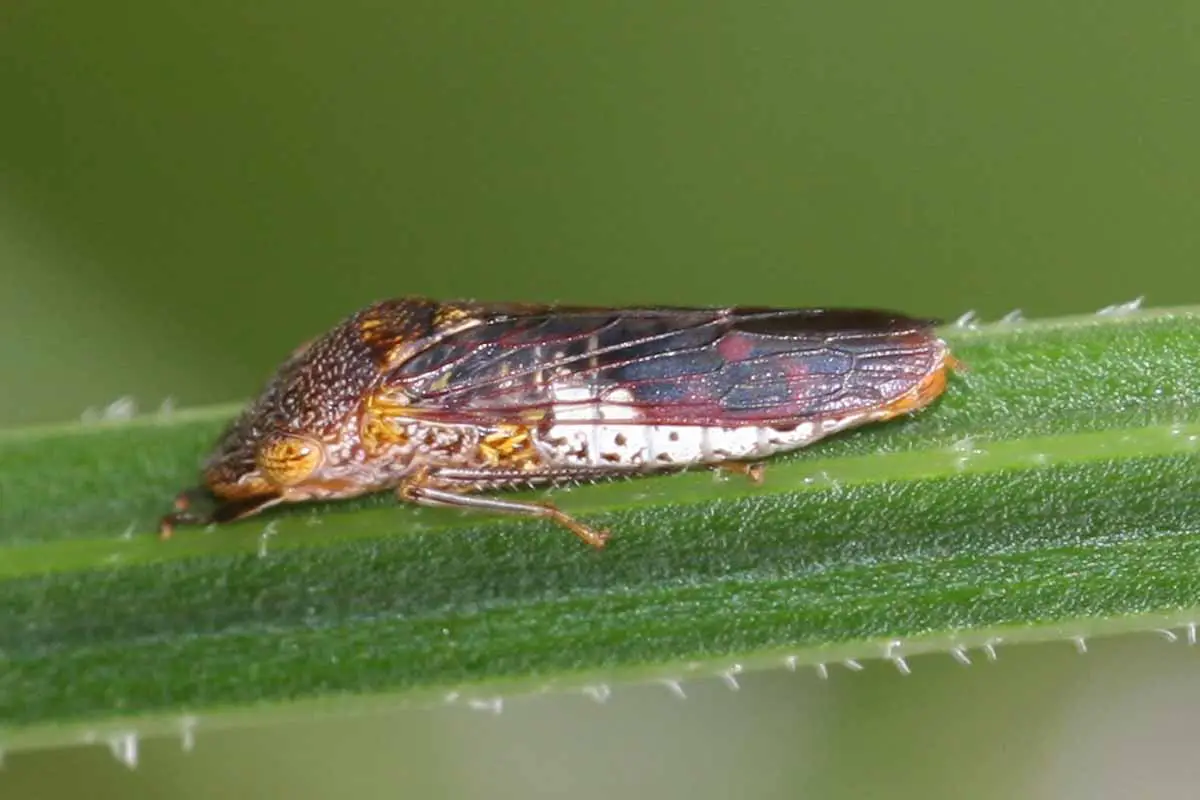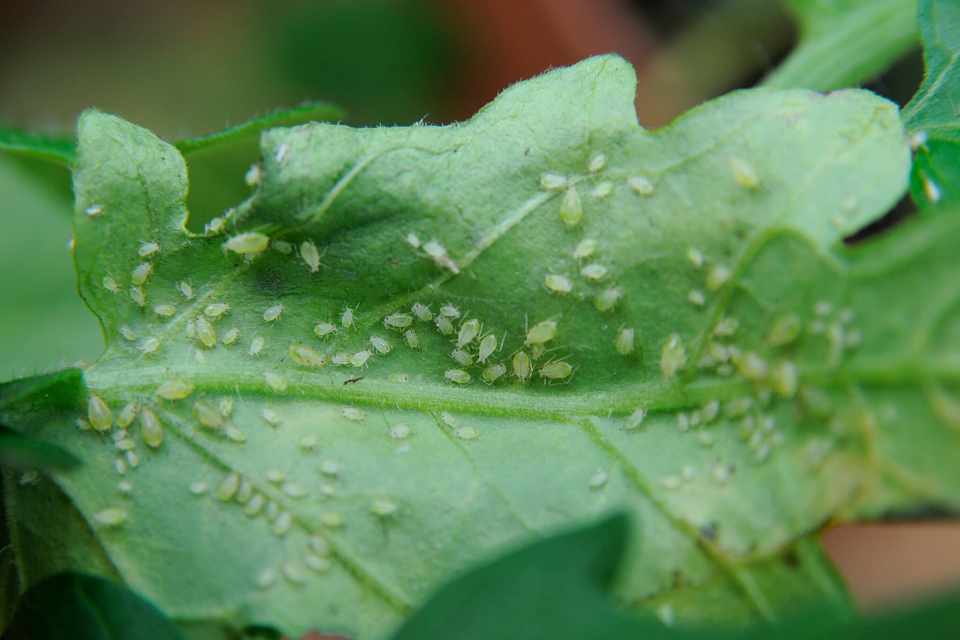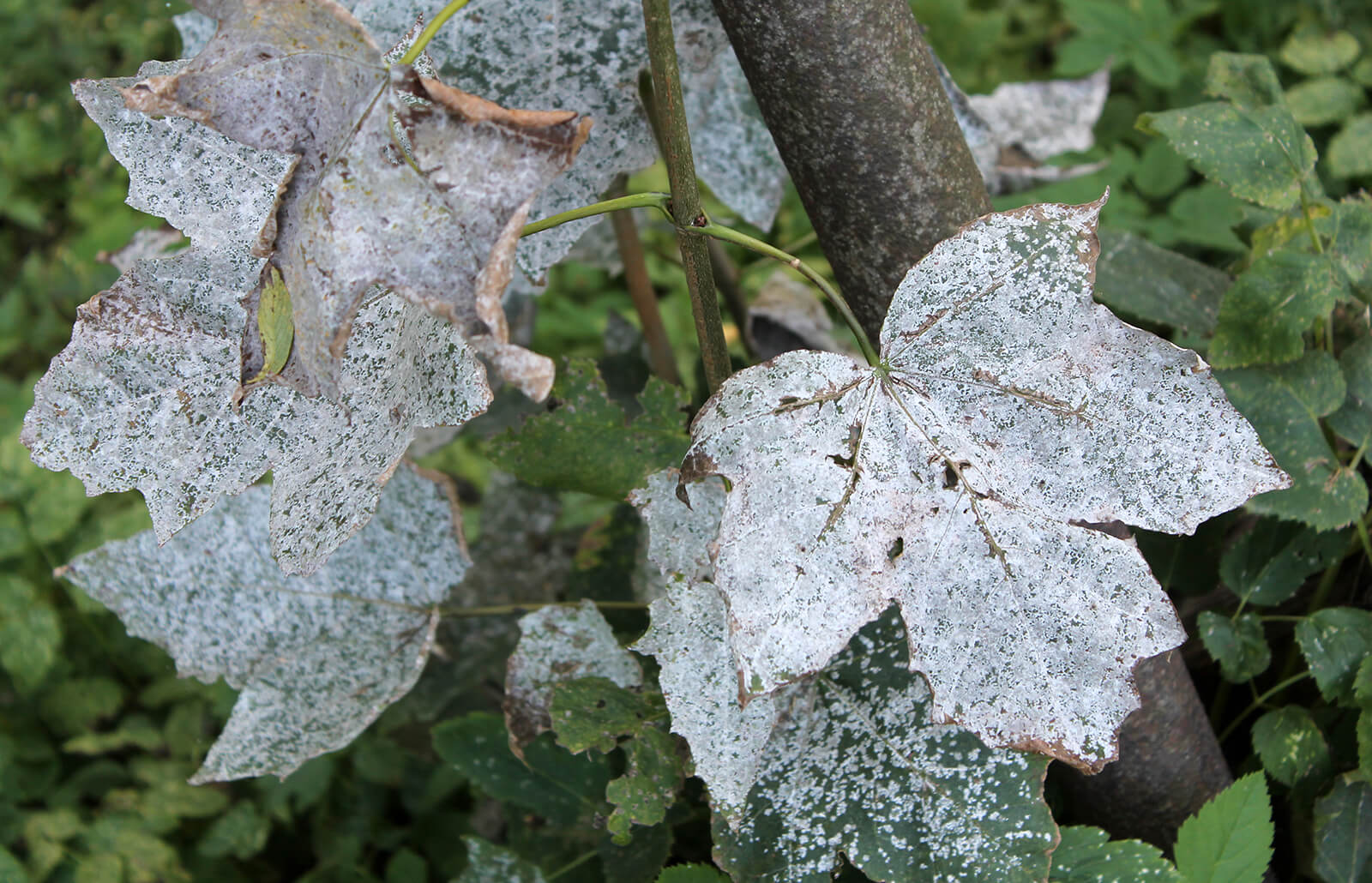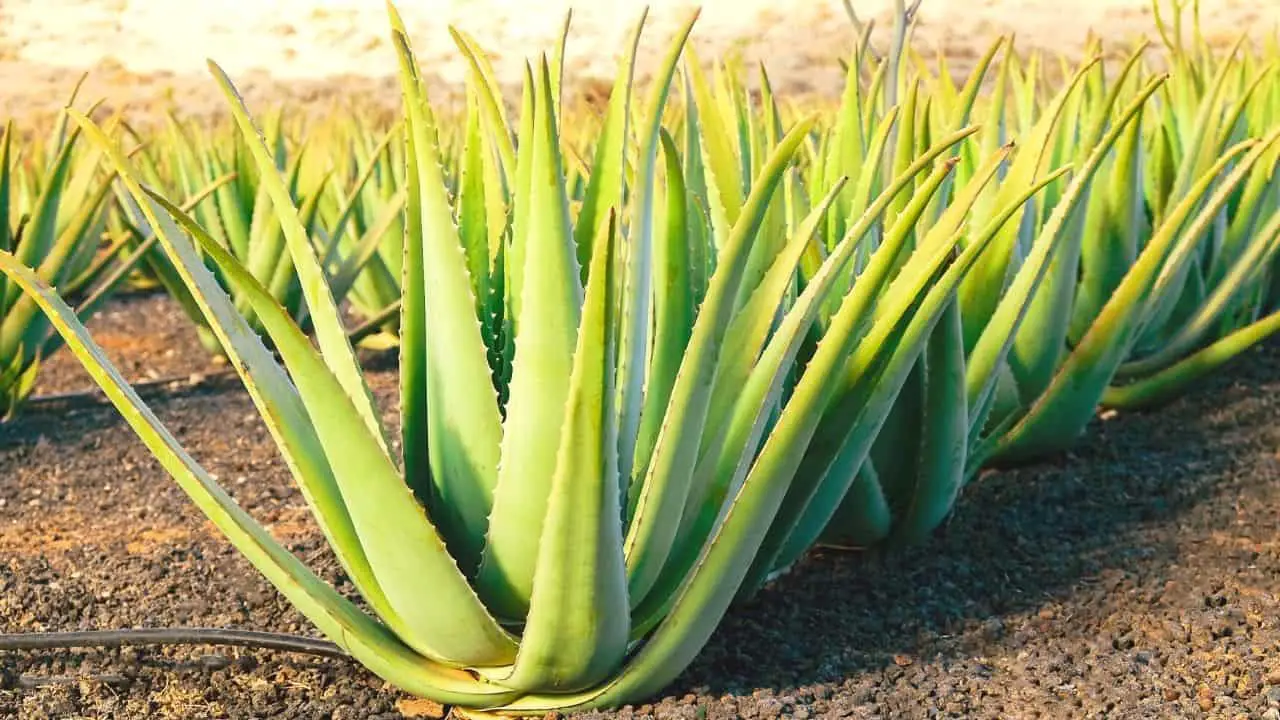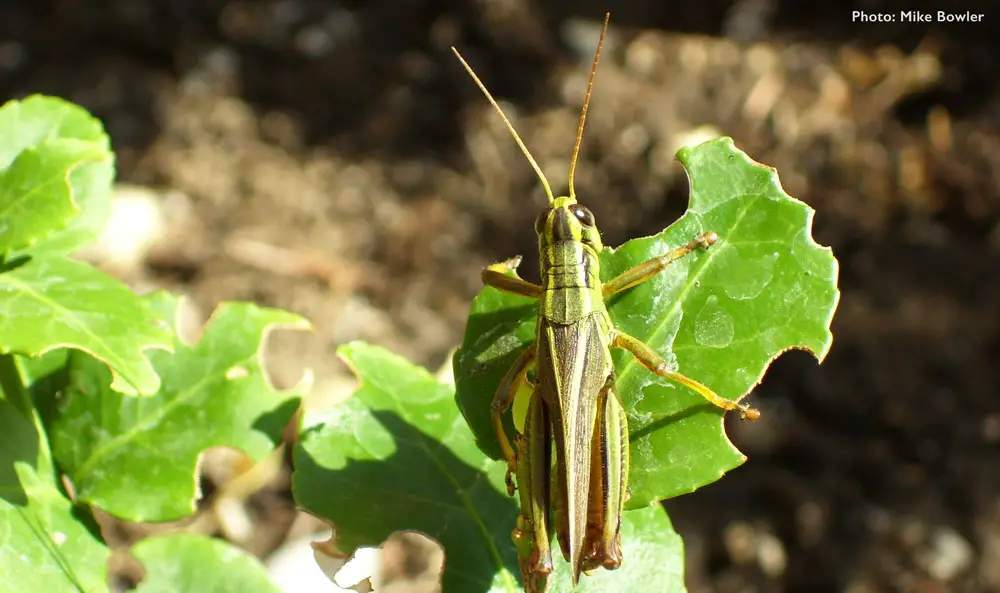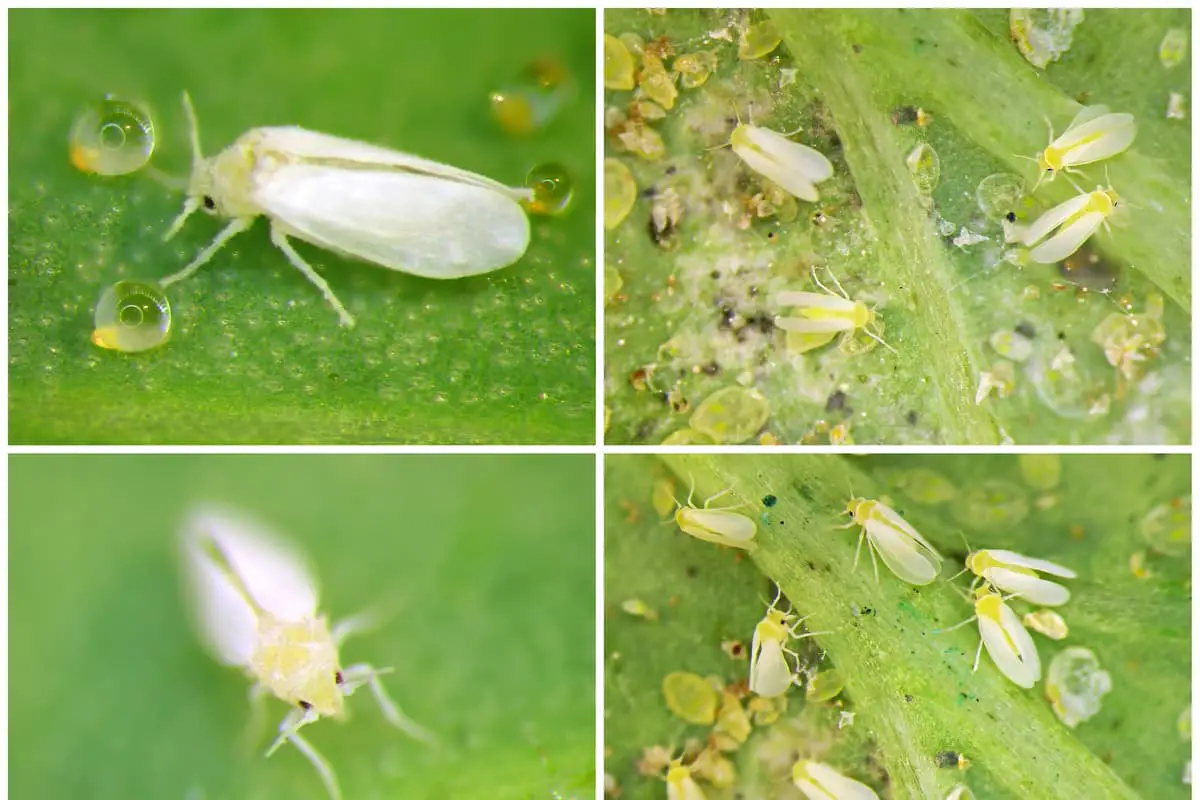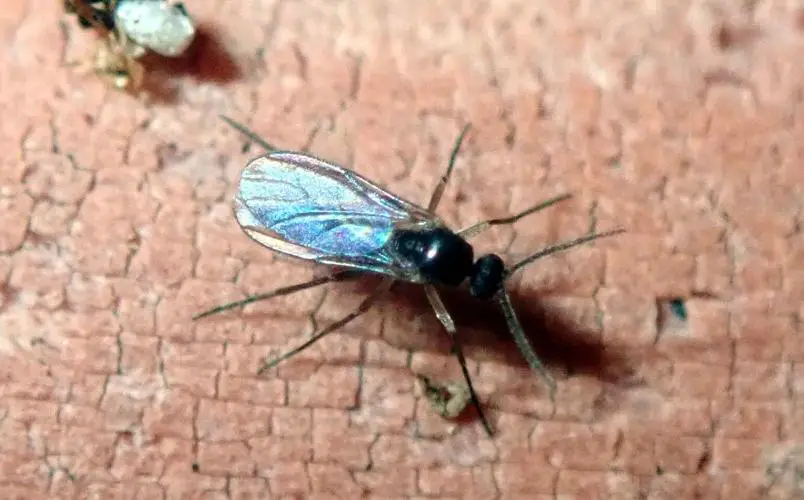What Do Gnat Eggs Look Like?
Gnats can often be found fluttering around indoor plants. With long legs and antennae and an ultrathin body that seeps light through, they resemble mosquitoes in size while not biting like them do. Fruit flies and drain flies alike can attract them, which they lay eggs in moist organic material like potting soil to become …


